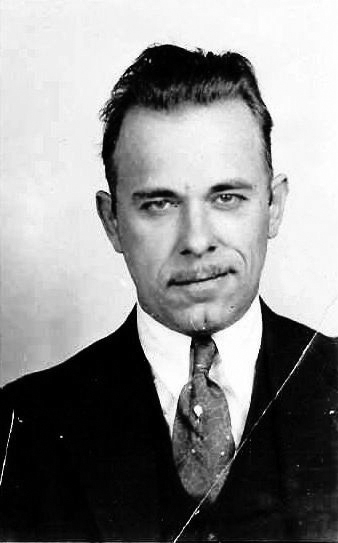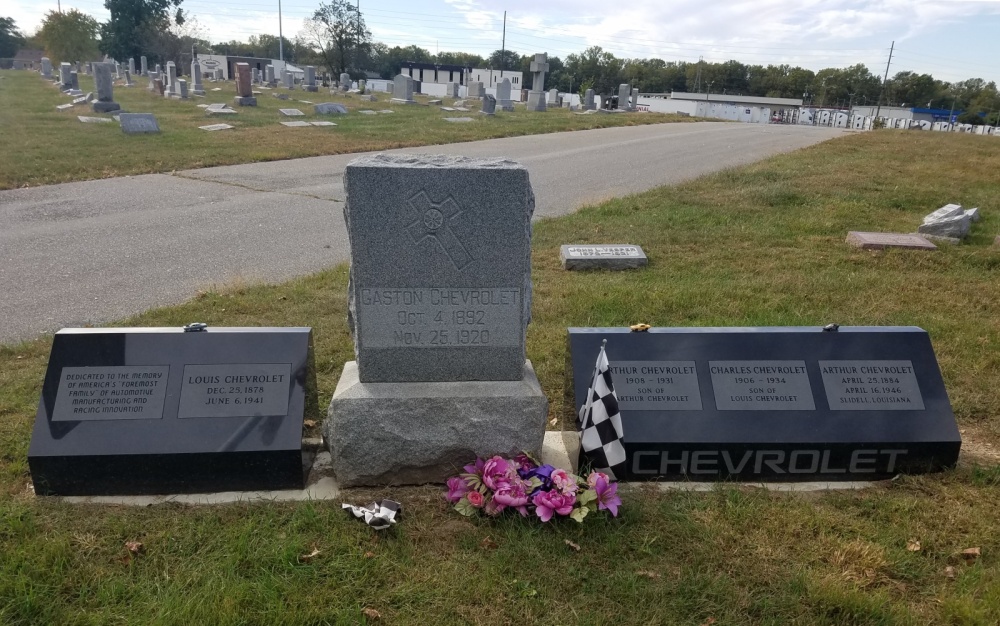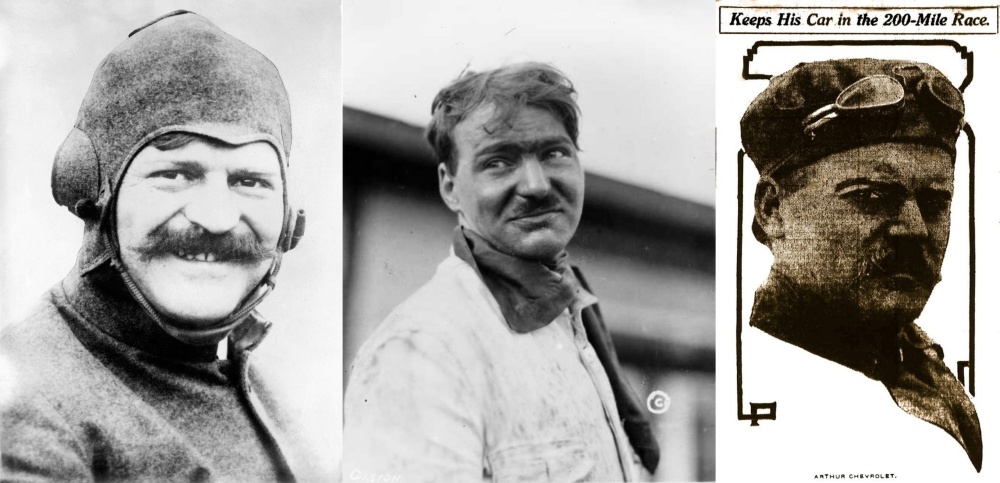Two Graves

I don’t mean to be such a downer. A few weeks ago I wrote about reading the obituaries in my local paper, and now I have a piece about graves. Well this one actually has a little news value, so stick with me here. Oh yes, it involves John Dillinger.
A grave site in my city has been all over the news lately. A group (which until the last couple of weeks included The History Channel) wants to dig up the body of John Dillinger, the 1930’s gangster who died in a hail of gunfire outside Chicago’s Biograph Theater in 1934. I always wanted to find a context to use that phrase – died in a hail of gunfire.
There have been, it seems, longstanding rumors that Dillinger was not the guy shot down by FBI agents that night and buried in a family plot in Indianapolis some time later.
Where he might have gone, well, nobody really says. Perhaps he is sharing a condo somewhere with Hitler and Elvis? I suppose that we live in the age of the conspiracy theory. The moon landing was faked, 9/11 didn’t really happen and John Dillinger lived out the rest of his natural life in obscurity somewhere. Probably working security at a bank. Sigh.

John Dillinger was born in Indianapolis and showed promise as a baseball player at one time. His family moved to a small town in a nearby county because is father thought the city was corrupting him. Whereupon young John stole a car. He later joined with Ed Singleton, an ex-con who umpired for the semi-pro team for which Dillinger played shortstop. They planned a robbery that went bad and Dillinger did 9 1/2 years in the pen.
He got out in May of 1933 and after fourteen violent months he was (allegedly?) killed in a gunfight with the FBI. After his short but violent life he was buried here by his family. As an aside, fear of grave robbers caused the family to pour a thick pad of concrete over the casket. Which is going to cause a mess if those behind the project can overcome the cemetery’s objections to the exhumation project. Which are that it will bother the neighbors, apparently.
It occurs to me that there are quite a few other mildly famous people buried in Indianapolis. Not being a “grave sleuth” (is that a thing?) I have not tried to search them out.
OK, I just did (and I guess it is a thing) – at least those in the biggest cemetery in the area – and we can lay claim to the graves of former president Benjamin Harrison, poet James Whitcomb Riley (author of Little Orphan Annie) and Richard Jordan Gattling, the inventor of the Gattling gun.

I have, however, personally come across another that I found interesting. This grave (or a group of them) contains the remains of some guys who were famous for doing something good rather than for doing something bad. I refer to the Chevrolet brothers.
Everyone knows their name too. Born in Switzerland, the brothers Louis, Gaston and Arthur got involved on the ground floor of automobile racing in America.
Their racing efforts gained the attention of William Durant, who joined Louis in creating the Chevrolet Motor Company in 1911. Unfortunately, their involvement with that most famous company came to an end in 1916 over their stubborn refusal to consider designing inexpensive cars. That refusal undoubtedly cost them a literal fortune when, within a few years, the Chevrolet company became the backbone of General Motors.

The Chevrolet brothers. From Left: Louis, Gaston and Arthur
The brothers continued to make their mark in racing. Chevrolet-designed cars made up one third of the racers running in the 1920 Indianapolis 500. One of them was the winner, with Gaston Chevrolet at the wheel. One of their cars won the next year too. They also designed speed parts for the Ford Model T and became pretty successful even without a General Motors connection.
Sadly, the brothers lives all ended in varying degrees of tragedy. Gaston died on a race track in Beverly Hills, CA in 1920. Louis and Arthur lost all of their money in the 1929 stock market crash, which forced Louis to take a job as an assembly line worker at a Chevrolet plant where he worked until he died broke in 1941. Arthur, sadly, took his own life in 1946 after a career as an engineer and mechanic.
So while John Dillinger’s grave gets all of the notoriety in the fancy cemetery on Indianapolis’ tony old north side, the Chevrolet brothers’ graves sit in relative obscurity in the old Catholic cemetery on the city’s industrial south side.
Two graves, two stories of rags to riches to demise that went very differently.
Photo Sources:
Dillinger picture – unedited 2008 jphotograph by wildhartlivie and shared at Wikimedia Commons (here)
John Dillinger mugshot – via Wikimedia Commons, from the files of the FBI
Photo of Louis Chevrolet in 1914 – In the public domain, via Wikimedia Commons
June 19, 1920 photo of Gaston Chevrolet – in the public domain via Wikimedia Common
1910 Indianapolis Star photo of Arthur Chevrolet – In the public domain (published before 1924)

Interesting, I’d not known that Louis had to take a job as a line worker. Thanks, GM 😦
LikeLiked by 1 person
I would have thought he would have been a great asset in advertising and PR. Unless his attitude was less than rosy.
LikeLike
At least they popped for the stones in recent years. Though I wish they could have avoided using the then-current advertising font for the family name.
LikeLike
How cool. I had no idea that the Chevrolet bros. had any Indianapolis connection much less were buried there. Crazy to think of Louis going to work on the line.
I like driving around Crown Hill. Three statues removed from the old courthouse are there, two in prominent places (one perched on the crown and one just past the underpass). The third would be difficult for me to locate offhand. I had to call the office from inside the gates last time I got totally lost looking for it.
LikeLiked by 1 person
Yes, I just stumbled upon the Chevrolet plots by pure accident when the Mrs wanted to go into the old cemetery to look for some distant relatives. I had never been to that one before – the old Holy Cross/St Joseph cemetery on S. Meridian Street.
LikeLike
I’ll have to check it out next time I’m down there.
LikeLike
Your mention of the Indy 500 reminds me that I was there in the spring of 1979 around the end of May and went to the track for an afternoon to watch the time trials. Eli Lilly the drug company. paid for our graduating class trip – three buses from Canada, two nights hotel downtown somewhere and a couple of nice banquets, after which we went to a disco. (I guess they really wanted us to buy their insulin instead of the Novo-Connaught Canadian brand. We spent a day touring the drug company plant, including the Estee Lauder facility (I remember the white mice they tested the cosmetics on), and then had a free day which we spent at the racetrack. I was surprised by how loud it was! But sadly I never got to tour any graveyards….at least none that I recall. PS. My dad drove a Chevy but I never knew the history of the car company.
LikeLike
Yes, the track is a loud place. I once lived a mile away and it was even loud there!
Even among auto history geeks not many know much about the Chevrolet brothers (including me).
LikeLiked by 1 person
Is the Eli Lilly drug company still there? I believe at the time insulin was still sourced from animals, but now of course it’s genetically manufactured.
LikeLike
Yes, it’s kind of the crown jewel of local companies. They made a ton of money with Prozac.
LikeLiked by 1 person
This is fascinating! I had skimmed something in the news about the Dillinger exhumation controversy, but you make it much more interesting and engaging than those musty, dry news reports. Your research into the Chevrolet brothers is very interesting, too — although it’s heartbreaking all three of them met such tragic ends. Great post, JP!
LikeLike
Thanks Heidi! I need to read more about the Chevrolet brothers. It is odd that they were so successful in racing early on but so far from that field later on. They kind of fell into a history hole.
LikeLiked by 1 person
You seem to have an affinity for weaving stories about people with talent who meet tragic ends—all those wonderful musicians, and now the Chevrolet brothers and—well, Dillinger might be a stretch, but you did say he showed promise as a ball player.
Interesting tale, well told.
LikeLike
I had not thought about that, but I think you’re right. Maybe I need to find a few happily ever after stories. 😀
LikeLike
I knew about the brothers being Swiss, and separating away fr9m GM early on, and about their Frontenac (Fronty) parts for Model T’s and A’s, but not about Louis going to work in the plant. I bet there was a lot of whispering behind his back. Good story. By the way, when I was a kid it seemed as if Dillinger, like Bonnie and Clyde, was considered a bit of a hero, unlike Al Capone who was just a bad guy.
LikeLike
I agree, somehow that batch of Depression-era bank robbers caught a little public sympathy. It seems that Dillinger got the FBI on his tail when he stole the Sheriff’s new Ford upon breaking out of jail in Lake County, Indiana (the extreme northwest tip of the state) and crossed into Illinois in the stolen car. If only he had ditched the car on the Indiana side of the line and stolen another in Illinois to continue his escape, things might have turned out differently. Or maybe that’s what actually happened and the FBI shot some Dillinger doppelganger while ol’ John retired from bank robbery and became a stockbroker. 🙂
LikeLike
Jean Shepherd (who grew up in Hammond, Indiana) told a story that one of his friends had a tobacco tin in his basement which contained—John Dillinger’s FINGER! I wonder where that little artifact is today. . .
LikeLike
Surely in someone’s digital collection. 🙂
LikeLike
chevy brothers bio is fascinating, thx! this reminds me of studs terkel interviews, ie “hard times” and “working”
LikeLike
I have not read Terkel’s stuff. I wish I could find the time to read everything I would like to.
LikeLike